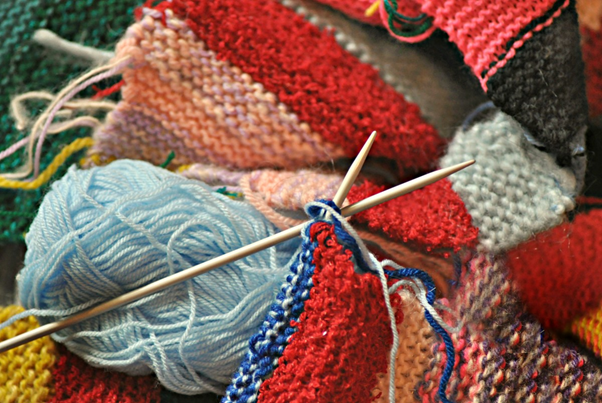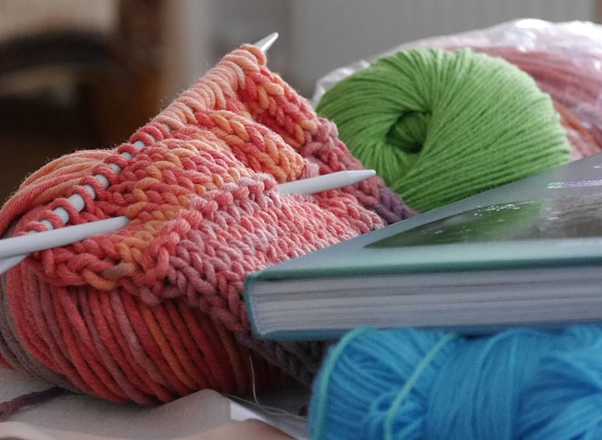With summer almost over it will soon be time to start pulling out those snuggly sweaters and woolly warmers in preparation for the colder months approaching.

For many people there is no better feeling than putting on Aran sweaters from https://www.shamrockgift.com/aran-sweaters or hunkering down under woollen blankets. But what is the story of the process that created these type of knitted items?
What Is Knitting?
Knitting is a method of fabric production that basically involves interlinking several loops of fabric – usually wool but historically cotton and other materials have been used – until there is a long structure. This can be done by hand using two long needles, but nowadays it is often done commercially using machines for mass production. These machines use the same simple six-step procedure to create knitted material that can then be designed and crafted into various guises.
Where Did Knitting Originate?
Knitting is one of the oldest methods of creating clothing. It is thought to date back as far as fifth century AD in the Middle East, where some ancient knitted artefacts have since been located. Due to the heat in these countries, knitted garments of that time were usually made from cotton. But when the knitting process was brought to Europe, cotton was replaced by warmer wool by fisherman who wanted weatherproof jumpers for their trips to sea. During the 16th century, machines were created for larger production of knitted garments, and these were usually reserved for the higher classes. Woollen mills and textile factories soon followed and now, in the 21st century, knitwear is a popular choice that comes in an array of styles for a range of budgets.

How Has Knitting Evolved?
These days knitwear is available in many guises within the fashion market. Although there are two main types of knitting – weft and warp – the knitting process has evolved over the years to create fabrics with differing properties and purposes. Single-knit fabric, for example, is incredibly stretchy and comfortable. Jersey fabric refers to knitted products without a notable rib. Chunky knitwear creates loops on a larger scale for a distinct grungy look. The possibilities are endless.
So while the knitting process may seem outdated, it’s clear that this is a means of clothing production that has stood the test of time, moving between continents and still being relevant on the market today.